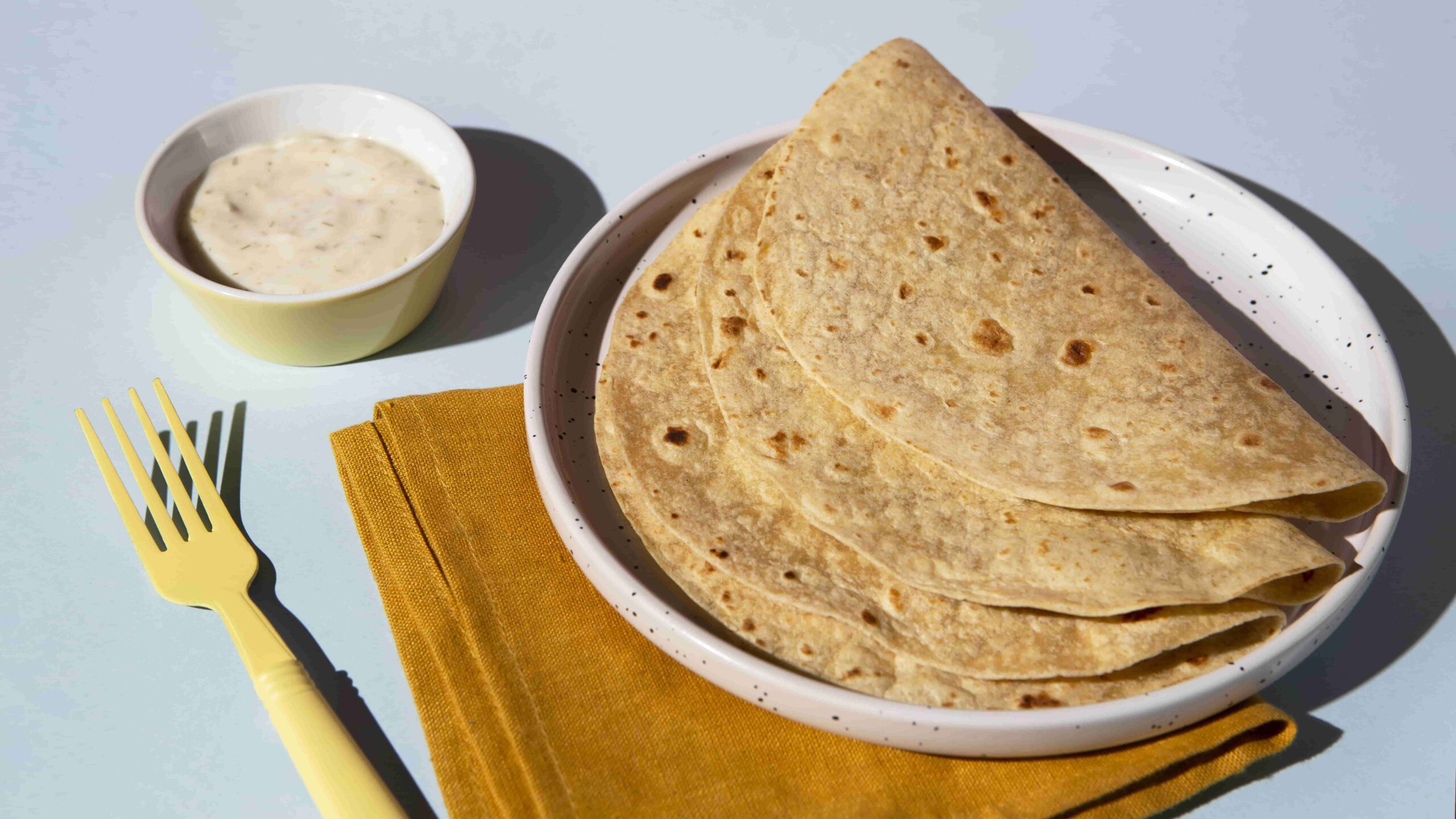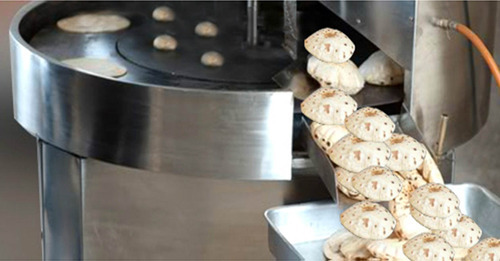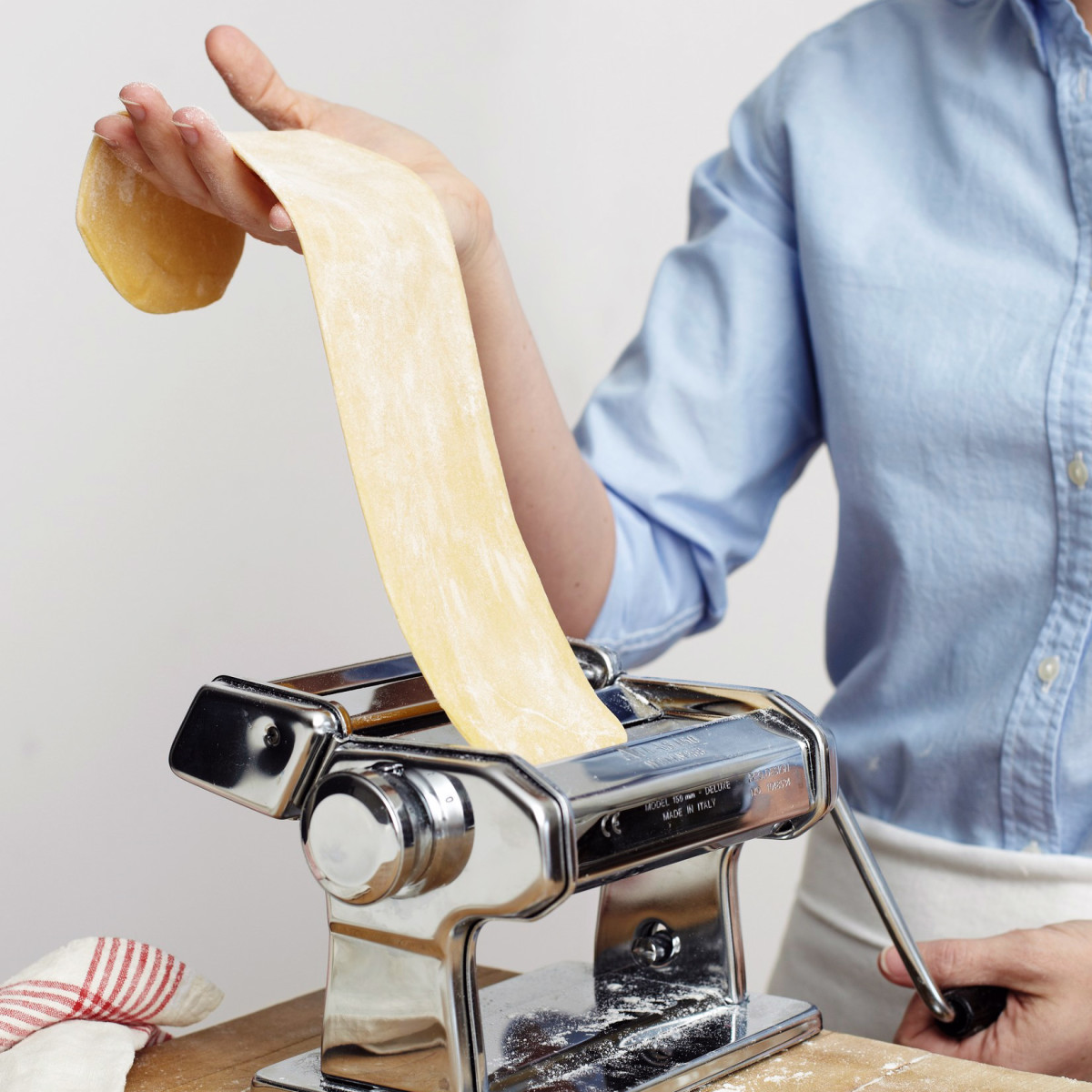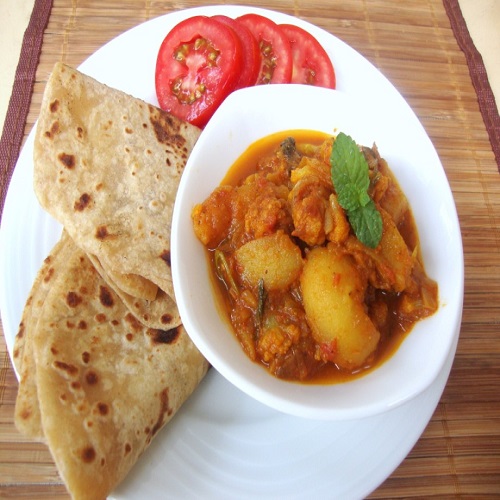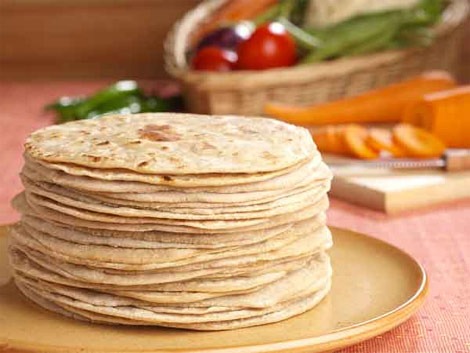Chapati is a common dish throughout South Asian nations. Traditionally created by hand, chapati makers—also referred to as automatic roti makers or roti machines—have emerged. Making chapatis is now easier, quicker, and more practical for homes and commercial kitchens thanks to these inventive equipment.Let’s examine the conventional method of creating chapatis before getting into the operations of chapati producers. Typically, a dough is created by combining water, wheat flour, and a little salt. Small quantities of this dough are then separated, formed into flat discs, and cooked on a heated griddle or tava. The chapati puffs up as a result of the heat, producing a soft, tasty bread.Automating this time-consuming process is what chapati makers are intended to do. Chapati makers frequently have a built-in method for making dough. Once the necessary components are added, a machine kneads the dough until it is the proper consistency.To ensure uniform chapatis, the machine separates the dough into chunks of the same size. Each part is spread out into a thin, rounded chapati while retaining a constant thickness. The machine’s hotplate or griddle is then used to cook the chapati. Two plates or heated surfaces are used in the cooking process to press the dough and cook it equally on both sides.
Chapati makers have procedures in place to produce the distinctive puff in chapatis. Gentle pressure and controlled heat are frequently used to do this. The chapati is automatically released from the machine once it has been baked to perfection and is prepared for serving.Chapati makers can prepare several chapatis at once, greatly cutting down on cooking time. By preventing human error, these devices guarantee uniform chapatis in terms of size, thickness, and frying. Industrial chapati making machines are used in commercial settings like cafeterias and restaurants since they enable high-volume production. Chapati makers that operate automatically reduce direct contact with food and encourage hygiene.Chapati making machines have many benefits, but it’s important to take a few things into account. The machine must be cleaned and maintained regularly to remain in good operating order. The finished chapati’s flavour and texture are strongly influenced by the ingredients used to make the dough. Even though chapati makers are user-friendly, it’s nonetheless critical to comprehend how they work for the top outcomes.In conclusion, the way we manufacture our cherished flatbread has been transformed by chapati makers. They make chapati making accessible to a larger audience by providing speed, uniformity, and efficiency. Understanding the methods used by chapati manufacturers is essential to utilizing their full potential and enjoying freshly prepared chapatis with ease, whether for regular home cooking or in commercial kitchens.

